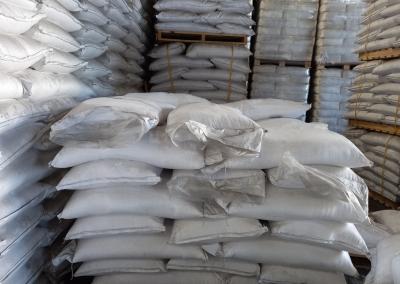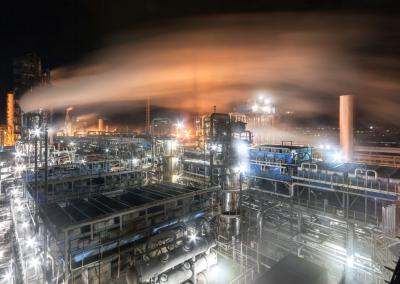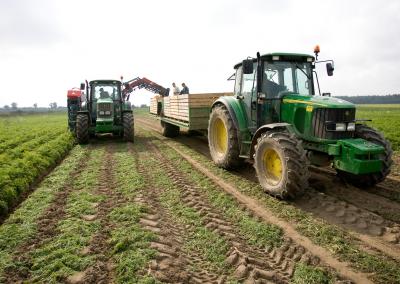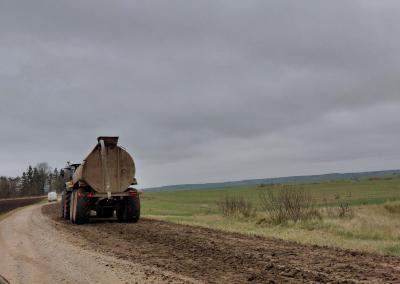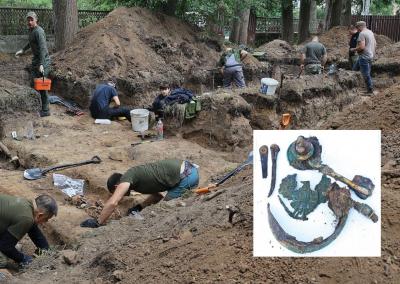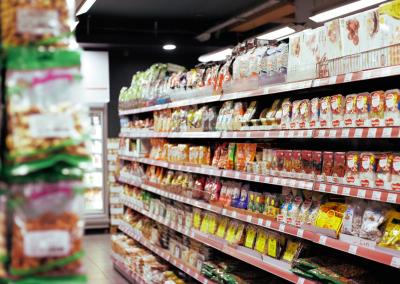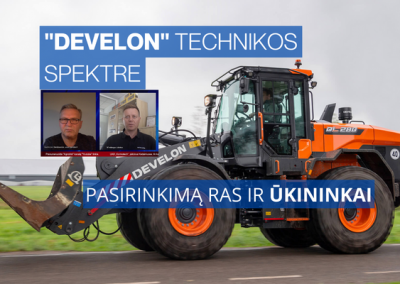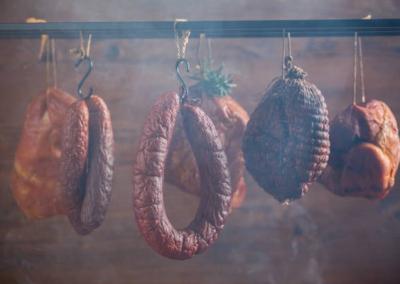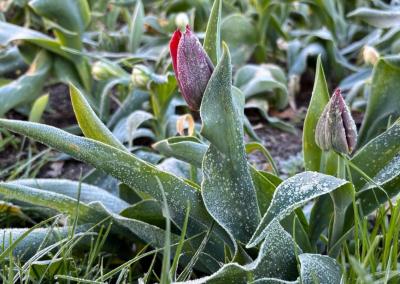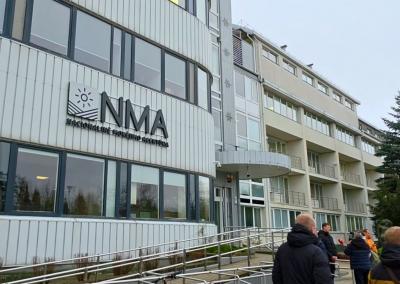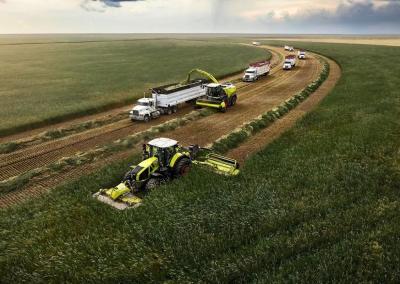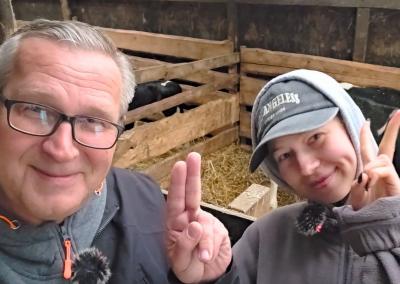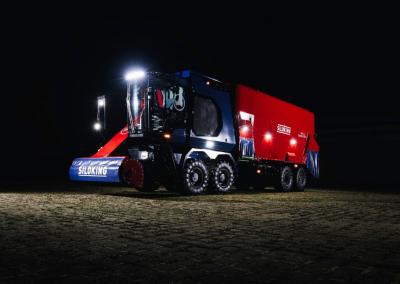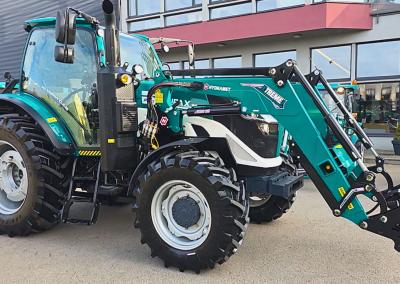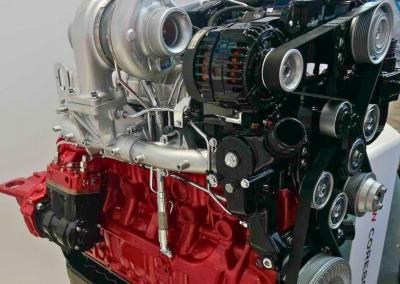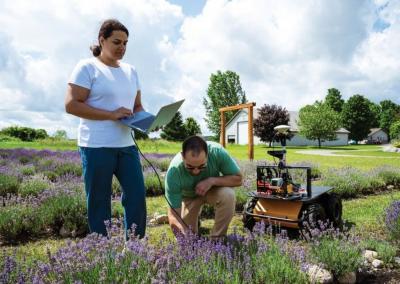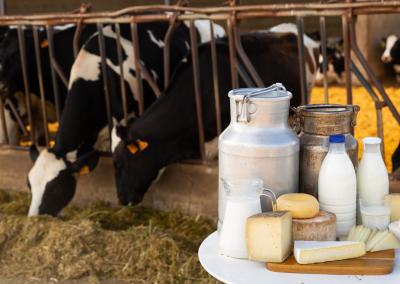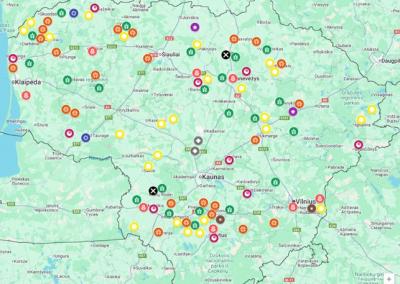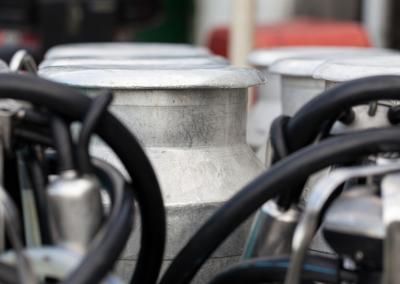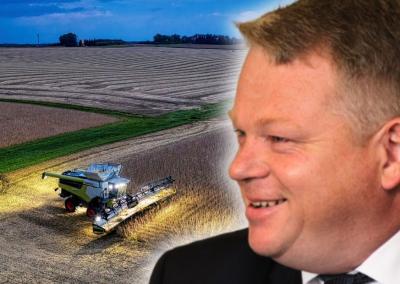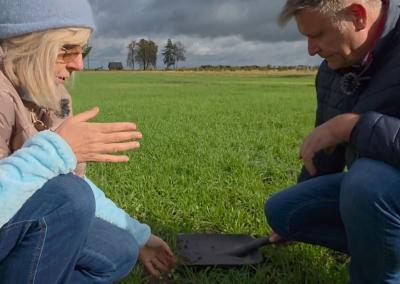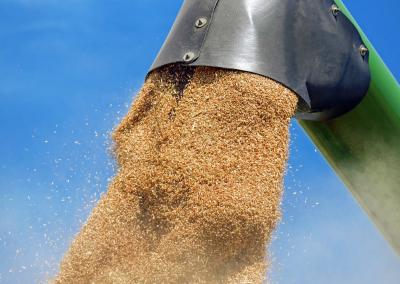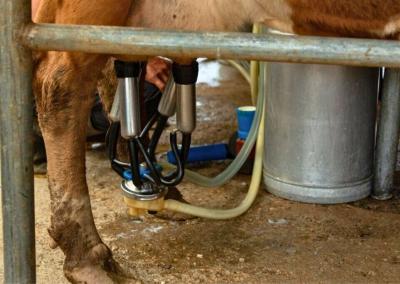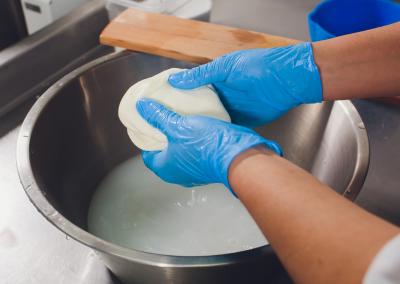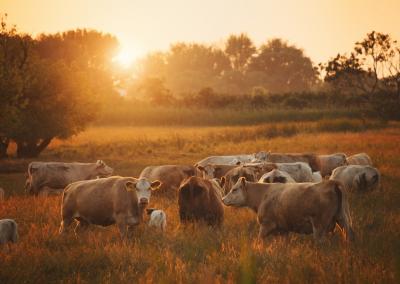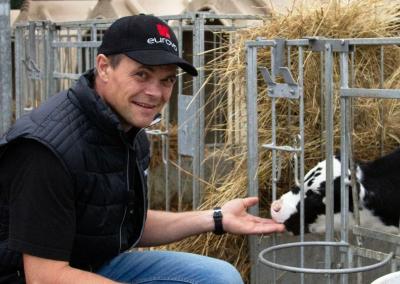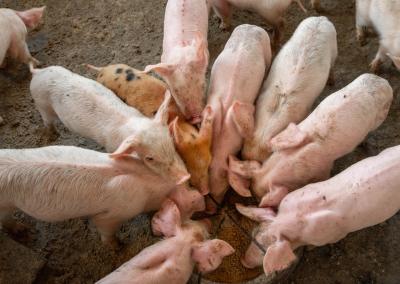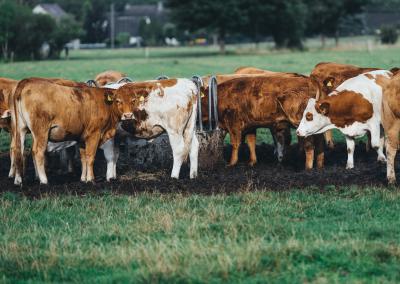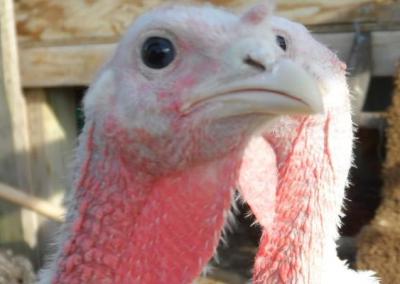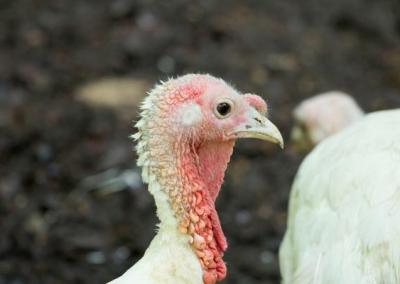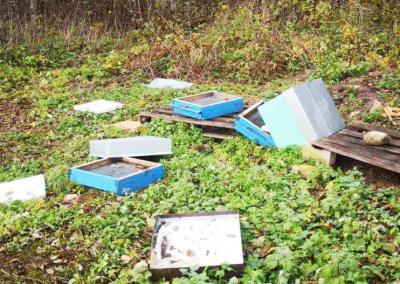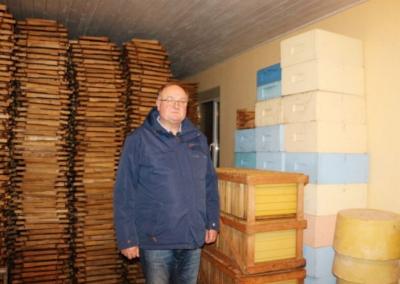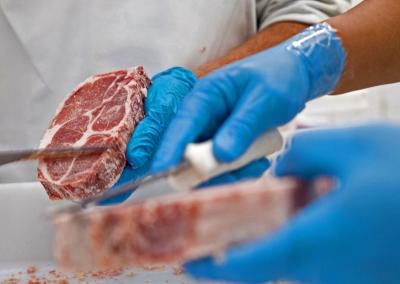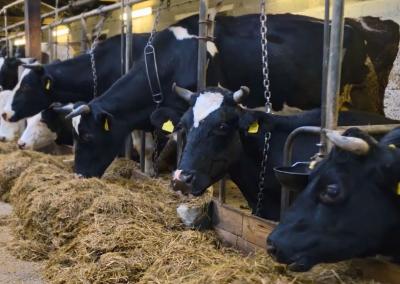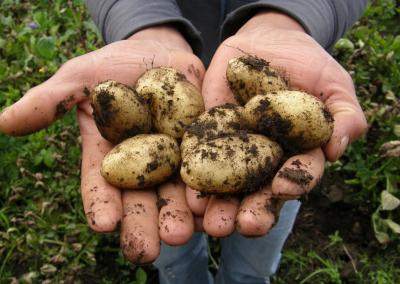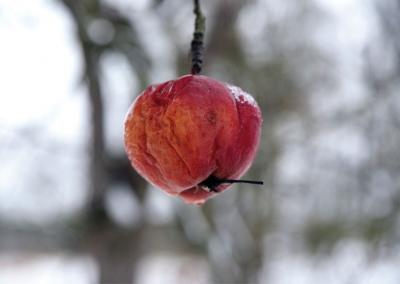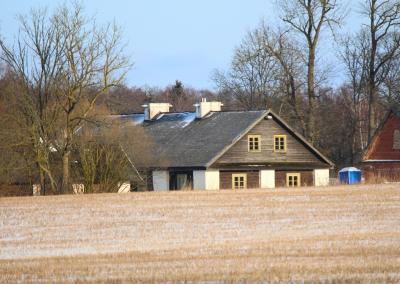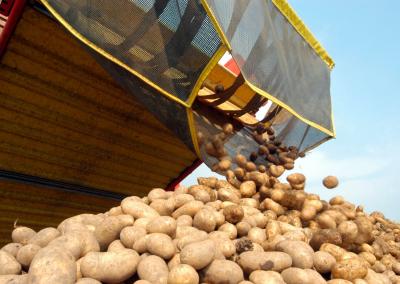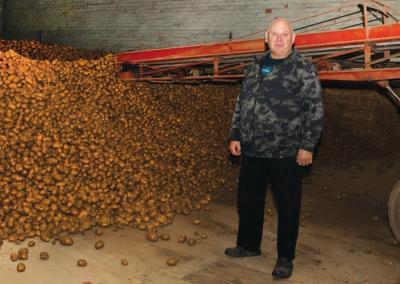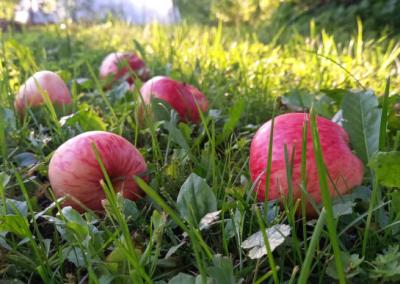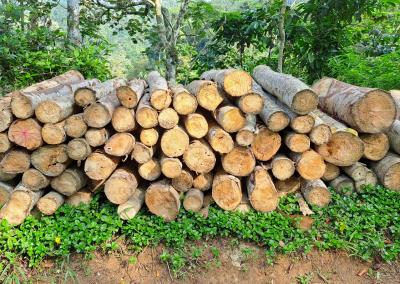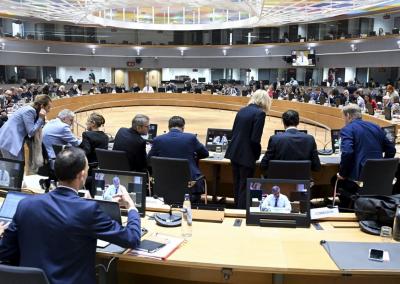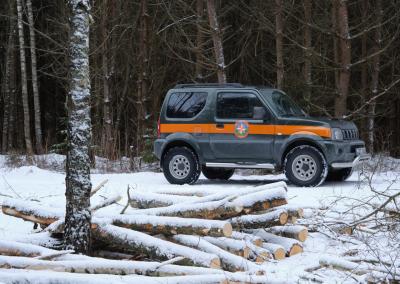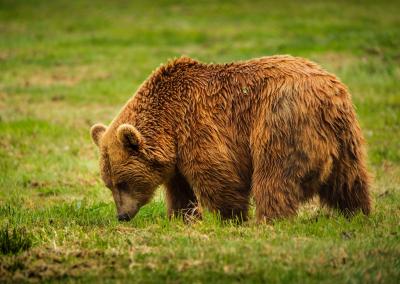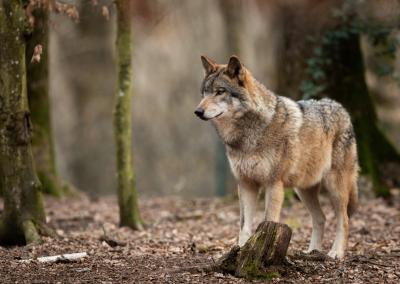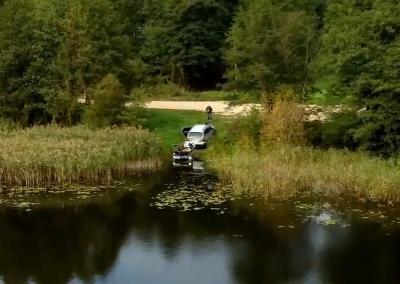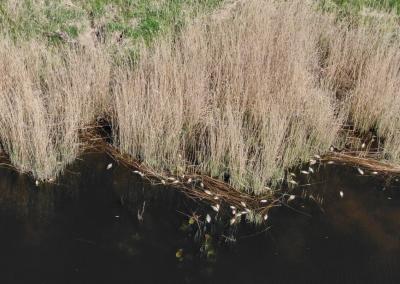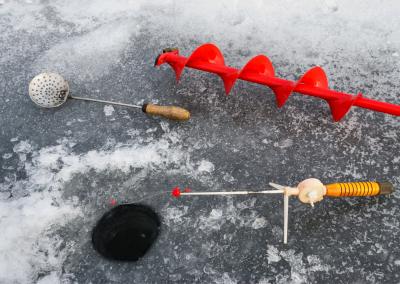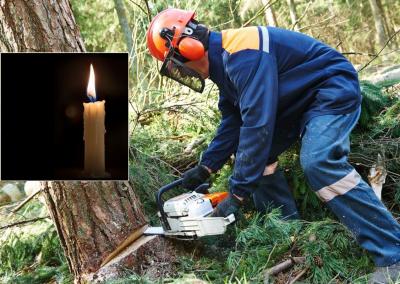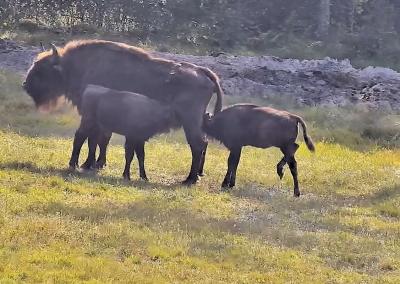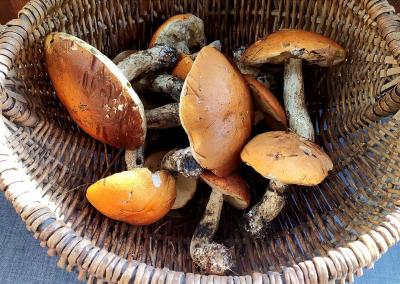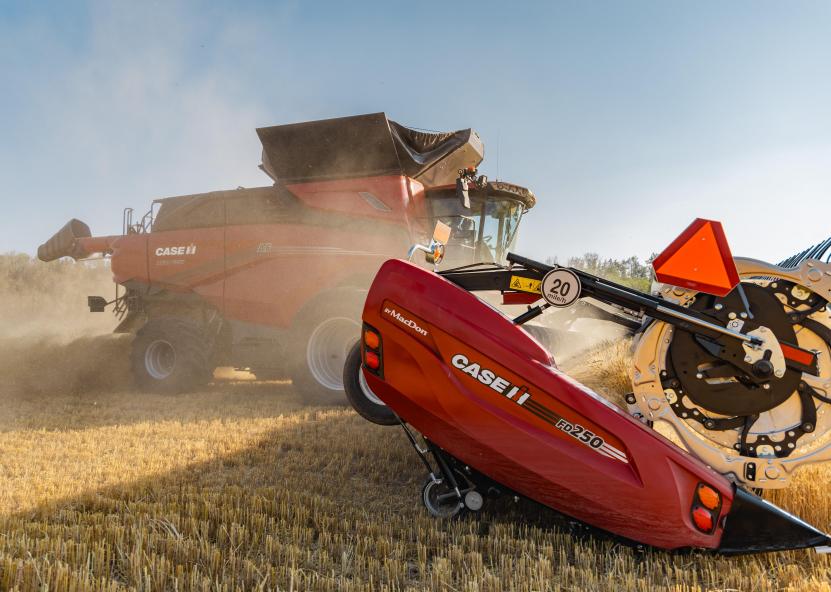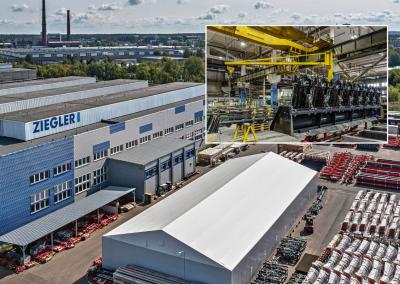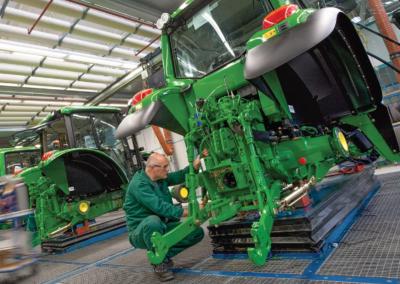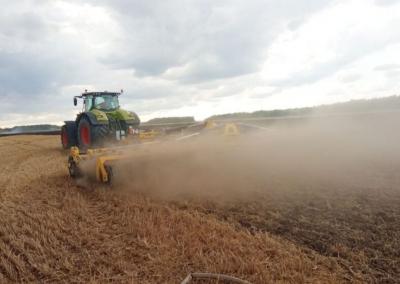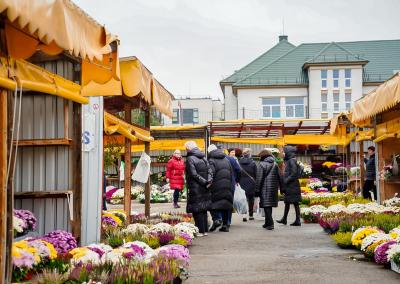Expectation overwhelms the agricultural machinery sector: the CEMA Barometer shows a deteriorating mood
The mood of the European agricultural machinery industry has cooled considerably – the latest CEMA (European Association of Agricultural Machinery Manufacturers) Business Barometer report shows that the overall business climate index dropped by 7 points in October, from +11 to +4 (on a scale of –100 to +100). This is one of the lowest indicators in the last one and a half years, indicating that the sector, which had previously shown steady growth for a long time, is facing structural challenges and slower demand.
Expectations remain, but market momentum slowsThe report notes that only 32% of manufacturers surveyed currently rate the current situation as „good“ and 46% expect business conditions to remain similar or worsen in the coming months. The biggest downturn was recorded in the tractor and harvesting equipment segment, where companies cite weakening orders and farmers' caution to invest in machinery.
CEMA experts stress that this is not a sign of a crisis, but rather a &bdash; „healthy cooling of the market“ after several years of very active growth.
„2021–2023 saw record machinery sales, so the market slowdown in 2025 is partly natural. However, this time around, caution is being driven not only by economic factors, but also by structural changes in the energy, regulatory and climate policy context," CEMA said in a statement.
Five main reasonsThe CEMA report identifies five main reasons for the cooling of sentiment. Firstly, farmers across Europe are facing rising production costs, from energy to fertiliser. Many have postponed decisions on new machinery purchases in anticipation of clearer EU support guidelines and regulatory changes on emissions requirements.
Manufacturers also note that while supply chains have stabilised since the pandemic, some component areas – especially electronics and transmissions – remain under strain. As a result, production cycles for new machines have lengthened and the availability of spare parts remains limited in some regions.
It is noted that the German and French markets have seen the biggest drops in order volumes, while the situation in Poland, the Czech Republic and Spain remains relatively stable. In central and eastern European countries, including Lithuania, the pace of purchases is slowing down to a lesser extent as farms are still benefiting from previous EU rural development projects.
Manufacturers, however, are facing a significant investment pressure in the development of electrification, biomethane engines and autonomous systems.
„Each new generation requires not only engineering adaptation but also capital. As a result, many companies are currently limiting the pace of development," comment CEMA analysts.
It is also notable that interest rates in Europe remain high, which has a direct impact on the availability of farm credit. According to financial institutions, smaller farms are more likely to keep their machinery for longer. They are more likely to opt for repairs or other adaptations.
More caution but not panic
The CEMA barometer shows that the assessment of the current situation is still positive (+14 points on average), but the expectations index has dropped to –6. This means that most manufacturers are forecasting weaker sales in the near future.
Large companies such as Fendt, CLAAS, New Holland, John Deere, AGCO Power continue to invest in technology development, but are delaying the launch of some models. Instead of aggressive expansion, manufacturers are focusing on strengthening service and used equipment sales.
„Tech manufacturers are now doing the smart thing – it is better to slow down than to artificially inflate the market. We are moving to a quality and efficiency-driven phase,– says CEMA Secretary General Jérôme Bandry.
In Lithuania, this cooling of the European sector is being felt in moderation. The largest local importers report a drop in orders of around 10–15%, but stress that demand remains stable on medium-sized farms. Some farmers have purchased new machinery following the 2023-2024 subsidies and are now concentrating on maintenance rather than new purchases.
Service volumes remain high, especially in the combine harvesters and implements segments, which allows them to maintain a stable turnover even in the face of declining sales of new machinery.CEMA economists forecast that a moderate stabilisation could start in spring 2026 if agricultural prices remain stable and the EU's renewed support programmes gain momentum. However, the sector will have to adapt to new realities: slower investment, more sophisticated financing and technological pressures.
„Our industry remains vibrant, but we have to adapt to a new pace. The key today is to maintain confidence, support farms and invest wisely," Bandry concludes.October's CEMA Business Barometer has signalled that Europe's agricultural machinery sector has entered a "realistic" phase after several years of rapid growth. A score of +4 is not a sign of a crisis, but it does indicate that both manufacturers and farmers are shifting their focus towards long-term planning, efficiency improvements and more cautious investment.
In the coming months, the market will not focus on the quantity of new machines, but on technological reliability, fuel efficiency and sustainability requirements.

